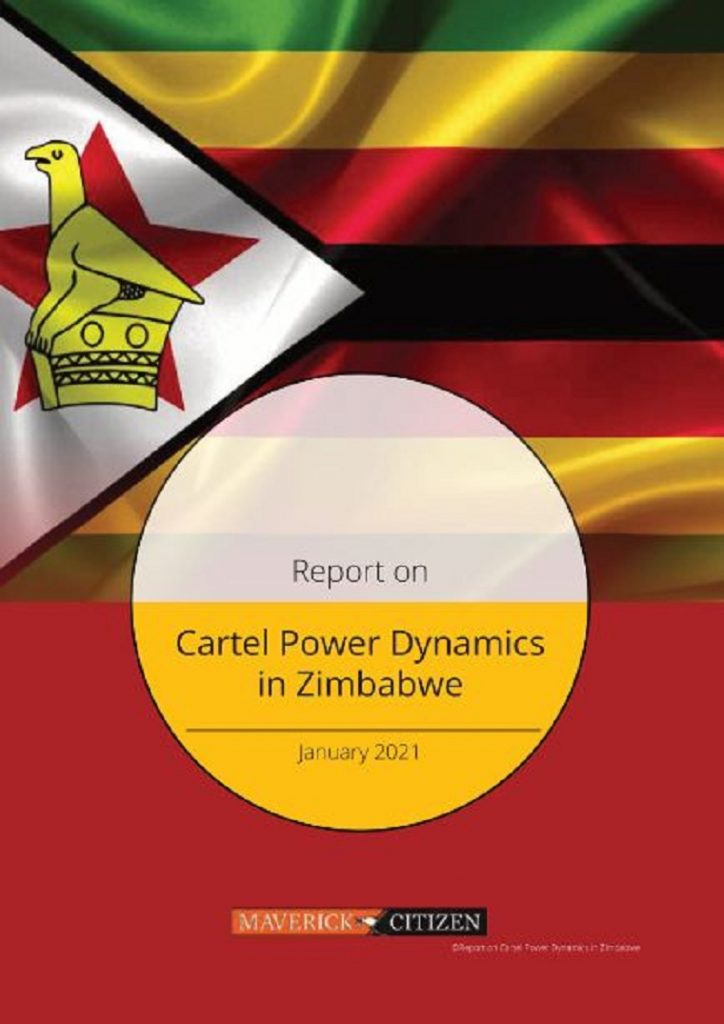The editor said in his note: “Although all the facts and allegations in this report have been published in various forms of media before, Maverick Citizen provided prior notice and the opportunity for those referred to in the report to respond to its findings before publication.”
Mandiwanzira and businessman Adam Molai, also mentioned in the report, said they were never given a chance to respond. Molai said he was actually based in South Africa and this should have made things easier for the Maverick Citizen to contact him.
During the interview Heywood gave the impression that the report was created by outsiders. Even the fact-checking was not done by the Maverick, but by independent outsiders.
In short, Maverick Citizen was just a publisher.
From a journalistic point of view, this raises two fundamental questions since the writers of the report, the fact-checkers and the sources are not disclosed.
The first is: Were any people, apart from perhaps Ibbo Mandaza who is named, interviewed at all or this was purely a desktop research? The 462 footnotes at the end of the report seem to point to a desktop research. Besides, if the authors were so afraid of being identified, would they have given anyone mentioned in the report the right to reply as this would have meant identifying who they were?
The second question is on verification. In any investigation one has to verify first, the information itself, second the documents one is using, and third the human sources one is getting information from.
On the information, Heywood was asked by Mandiwanzira whether this information had been verified at all. His response was that it had been verified by independent fact-checkers and it had been published before. Mandiwanzira responded that a lie was a lie no matter how often it was repeated.
On documents, some of the publications cited are known to have published fabricated stories in the past. Verification of published information is now very critical as journalists now tend to write stories based on tweets from important persons. Rumour is taken for fact and there is a growing business in dis- and mis-information. Anyone, and everyone, is now a publisher.
Even the Daily Maverick itself had to pull down a story three-days after publication of the Zimbabwe report when it turned out that a story that it had carried, written by a very respected journalist, was not entirely true and the writer apologised for misleading the public. Why then did Heywood assume that all the information that had been published in various publications was accurate?
Lastly where human sources are not named, one has opened a minefield for lies, fabrication and misinformation.
Continued next page
(186 VIEWS)



Pingback: Why are the Western and South African media so obsessed with Tagwirei? Is he just a decoy? | The Insider